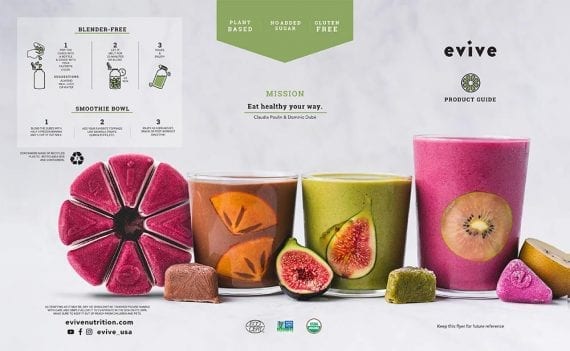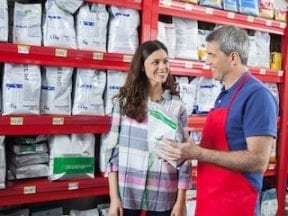A recurring subscription model is a powerful tool for growth and profit — if you can get subscribers.
“A lot of brands install our subscription software and slap a ‘subscribe and save’ option on their products. They think they’re going to be a successful subscription company, and a couple of months later they aren’t,” said Jay Myers, co-founder of Bold Commerce, an ecommerce platform.
While every online subscription business is unique, there are a few problems that plague many of them. If your ecommerce subscriptions aren’t selling, check these reasons.
Why Subscriptions Fail
Wrong product. “Six years ago, when we started Evive, we didn’t even think of selling online. It is a frozen product,” said Dominic Dubé, co-founder and CEO of Evive. The product “is frozen smoothie cubes, so if they thawed [even a little] and froze back they would just be a big blob. There was no way we would have started online.”
Instead, Evive took a traditional path toward retail, placing its nutritionally balanced, shaker-ready smoothies in more than 2,000 North American grocery stores.
Evive didn’t have the proper product for selling online, let alone via a subscription. But that changed.
“Three years later, we changed the packaging,” Dubé said. Now, the smoothie cubes are shipped in a hemp tray that is 100-percent biodegradable. If the cubes do thaw slightly (which does not impact their safety), they retain their shape. Voila, a product that didn’t make sense for ecommerce subscriptions, suddenly does. It’s now the only way to purchase Evive’s products online.

Evive’s new packaging made it possible to sell online, and the product is right for subscriptions.
“One of my friends owns a meal kit delivery company here in Montreal. I brainstormed with her. She said, ‘You have to go with the subscription model; there is no way this is going to work as a one-time purchase [online],'” Dubé said, adding, “And she was right. A subscription model for a product like ours that people consume regularly made total sense.”
Certainly the pandemic changed how some shoppers buy groceries. Even those who turned completely to purchasing food online and picking up curbside tend to buy from a single grocery retailer. Since Evive sells through more than 2,000 grocery locations, it could get some of those sales.
But it seems unlikely that online grocery shoppers will visit the Evive site to buy more smoothies every week. For them to keep purchasing, they need a subscription.
The key here is that your subscription products need to make sense both for online sales and repeated delivery. As you try to find your subscription niche, focus on replenishable goods such as Evive’s smoothies, or on product discovery such as Birchbox, for example.
Subscription fatigue. But having the right product isn’t the only hurdle. An Evive subscription, for example, could include as many as 36 packages of smoothies per shipment. That is a freezer full. A shopper could easily have too many, prompting subscription fatigue.
To avoid this, Evive allows subscribers to switch flavors or quantities. The result is just the right amount of smoothies.
Make sure you’re not overwhelming your customers and causing fatigue.
Churn. Subscription fatigue and other reasons create churn. Consumers who happily signed up a few months ago unsubscribe and move on.
Obtaining subscribers via pay-per-click ads can work for a time. But unless most of them stick around, the cost of acquiring those subscribers can kill a business.
“What successful subscription brands get right is that [first] they understand the importance of ‘referred by a friend’ as a channel,” said Bold Commerce’s Myers. “There is a viral coefficient — it’s like 1.6 — so that if you have enough customers who refer a friend, you have a viral product.”
“Or [second] you increase the value of existing subscribers. You can achieve negative churn where you don’t even onboard new customers, but instead you cross-sell and upsell to existing ones.”
If you want your subscription products to take off, follow Myers’ advice. Find a way to encourage referrals. This is helpful because subscribers who refer your products to others are more likely to keep subscribing themselves.
“When you buy a product one time, you are a customer. But when you buy a subscription, you are a member,” said Myers. “Something Evive has done well is create members, who refer others.”
Recurring Sales
The subscription model remains one of the most promising ways to grow and sustain an ecommerce business. So don’t give up. Make sure you have the right product. Then manage it to avoid fatigue and encourage referrals.




